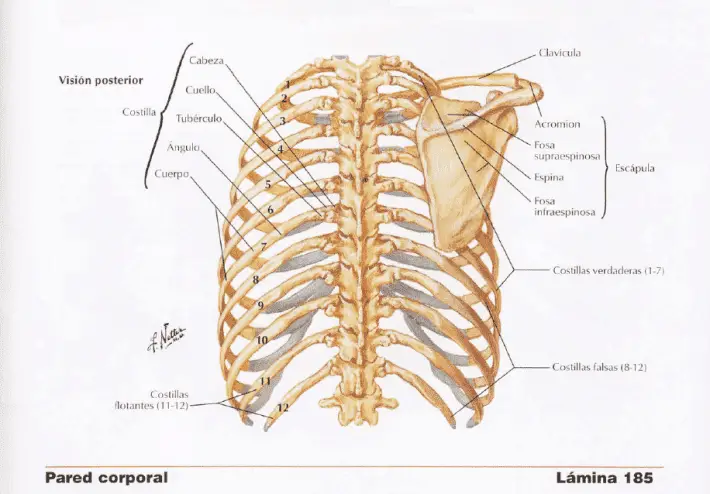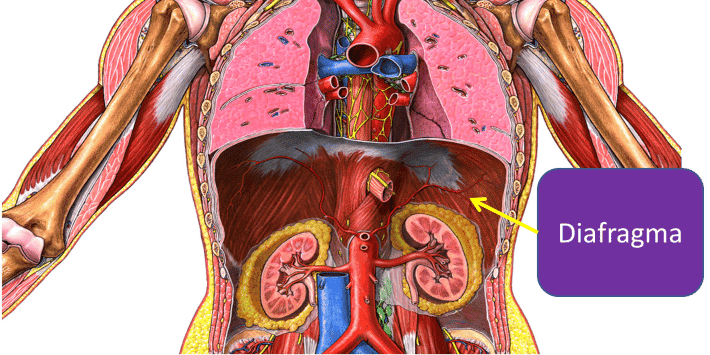In the article on strength training for runners, we became convinced of the importance of doing this type of training for endurance athletes, as well as which manifestation of strength is preferable to work on. But the question is not closed with this. I have observed that more and more runners do strength training, but many of them limit themselves to training only the lower body , obviously the most important in this sport, would it make sense to train the upper body? Below we will analyze how the upper half of the body influences the running gesture and we will deduce whether or not your training in the gym is worth it.
In summary, the upper body will contribute in three different ways to runners:
- The muscular work of the upper body is responsible for widening and narrowing our rib cage with each breath, that is, the upper muscles will directly influence our oxygen consumption while we run.
- On the other hand, it will also influence the posture , the stabilization of the body and the placement of the correct posture to achieve an efficient transmission of forces and a more economical race energetically speaking.
- In addition, the core (lumbar waist) will participate in the transmission of forces to achieve an efficient stride, in other words, it will be in charge of communicating our upper body with the lower one.
It goes without saying that by upper body we mean the entire musculoskeletal system from the hips up. So, below we are going to see in detail how each muscle group of the upper body influences the race.
Posture stabilizing function
To have a clear idea of the participation of the upper body muscles in stabilizing the body, we must first know in detail the anatomy of the rib cage.
Regarding the bone structure , it is made up of 12 vertebrae joined by ligaments and white tissues that allow its mobility in the anteroposterior and lateral planes, as well as limited rotation. In addition, each vertebra is attached to two ribs that surround the thorax and join in front, most of them join the sternum. This structure is designed to roll and protect the lungs, the main organ of respiration and, therefore, with a fundamental role in our oxygen consumption while we run. Regarding the support of this bone system, there are some muscles whose sole function is destined to this, such as the erector spinae and the intercostal muscles.

However, despite the support of the aforementioned muscles, if there were no more fixation than that, the ribs would be very unstable , so the trapezius, latissimus dorsi, rhomboids, round group, shoulder stabilizers and pectoralis major muscles and minor cooperate to keep this structure stable.
Below the rib cage is the diaphragm (the main muscle in the mechanism of respiration), whose action we will analyze in the next section, and if we continue descending we reach the lumbar area, the core, where another important stabilizing work takes place , this time the abdominal and lumbar muscles will be the main players.
During the race, we are continuously unbalancing the body, without the action of the aforementioned muscles it would be impossible to maintain an upright posture, so it must be taken into account that these muscles are working. They not only work to keep the vertical component, but also the horizontal one . During the translation of the body forward, a small torsion of the pelvis is caused that causes instability in the abdominal and thoracic area, the muscles of the upper body contract and relax slightly to correct this torsion in each step and keep the runner stable. The arms also contribute to this stabilizing work, serving as a counterweight each time the opposite leg advances and increasing the stability of the runner and his running technique when his shoulders are strong. In short, the muscles of the upper body represent an energy expenditure in the body.
At this point we must reflect on how important this caloric expenditure will be for the runner, and for this we must understand that the body is a whole, it does not act in parts, and, therefore, our limiting factor in the race could be anyone. Let me explain, our legs can be prepared to run 10 kilometers at an average of 4 min / km. But if our upper body muscles are exhausted, this will influence the running economy, our posture will not be ideal, which will entail an extra energy expenditure to maintain the same speed, so it is very frequent, that the reason for stagnation of a runner is not in his legs, but in the areas of his body to which he pays the least attention.
Along the same lines, Tong et al. (2014) have shown that the work of the stabilizing muscles of the core, as well as the work of the muscles influencing breathing, can increase the central fatigue of the runner and considerably limit their performance.
Role in oxygen consumption
Let’s start this section by analyzing muscle involvement in the lung respiration mechanism. As I have said before, the diaphragm is the main muscle in this process, its location is in the lower part of the rib cage, closing it, and its contraction makes the pectoral muscles pull the ribs outwards, expanding the cage. thoracic and thus allowing the lungs to increase in volume coinciding with the entry of air through the trachea. With this simple and quick explanation it is enough to understand that, once again, our pectoral muscles are acting and, therefore, consuming energy, being able to become fatigued when the oxygen demands in the body are high and are prolonged over time, just as it happens when we run. The fatigue of these muscles, as we have already seen, will affect central fatigue, thus reducing the efficiency of the running gesture and limiting our performance.

Methods such as Pilates work constantly with breathing exercises in which, in addition to stimulating the diaphragm, they aim to achieve an expansion of the rib cage, an anatomical characteristic common to many long-distance athletes. Therefore, at the respiratory level, the Pilates method is fully recommended to complement the training of runners and improve their performance.
Force transmission function
The most important joint to develop a good stride is the coxofemoral joint (it joins the hip with the femur), and of the muscles that surround it, there are several of them specialized in stabilizing this joint, but I am going to highlight the most involved, to this level, with the gesture of the stride, which are undoubtedly the iliac psoas (a powerful hip flexor originating in the last dorsal vertebra and first 5 lumbar vertebrae and insertion in the lesser trochanter of the femur) and the buttocks (makes the reverse action to the psoas, that is, it is a powerful leg extensor).
The action of these muscles and a good abdominal wall that supports our midsection, will send the necessary force to the legs to perform each stride, so your training is essential.
conclusion
First, I want to draw your attention to two basic concepts from this article: the muscles of the upper body work and represent a cost during the race; and the performance of an athlete is stagnant when the least trained part of the body is fatigued, which is not usually the legs (a concept called by many authors as “weak chain” ).
Regarding training, we already saw that the most effective methodology in athletes was to combine strength training with heavy loads with explosive training with light loads (plyometrics), so I will dwell a little more on the exercises. Let’s not forget that the objective of the runner is not aesthetic at all, but to improve the fitness of these muscles enough so that they do not limit their performance, at this point it is enough to train basic exercises such as: bench press, military press and chin-ups. .
As for abdominal training, I am in favor of varying the methodology, in such a way that one day you can work crunches, another day isometric, hypopressive or even ab wheels. Taste is in variety and all have beneficial effects for athletes. It is true that, due to its direct effect on the iliac psoas, I would never forget these 3 exercises in training:
- Leg raises hanging on the bar.
- Crunches in “V”.
- Crunches in contraction.
On the other hand, to help breathing and the expansion of the rib cage we have talked about Pilates .
As for the work on the glutes, I am not going to stop, since only with the work of deep squats (something that the vast majority of runners already know), the glutes remain strong and with enough capacity to help a powerful stride .
Sources
- Puleo, J., Milroy, P. (2010). Runner anatomy. Editorial TUTOR.
- De la Cruz, JC et al. (2001). Functional anatomy applied to physical education. Publisher: Sergio OSUNA BARRERO.
- Tong, T., Shing, W., Jinlei, N., Baker, J. and Lin, H. (2014). The occurrence of core muscle fatigue during high-intensity running exercise and its limitation to performance: the role of respiratory work. Journal of sports science & medicine, vol. 13, Issue 2.
